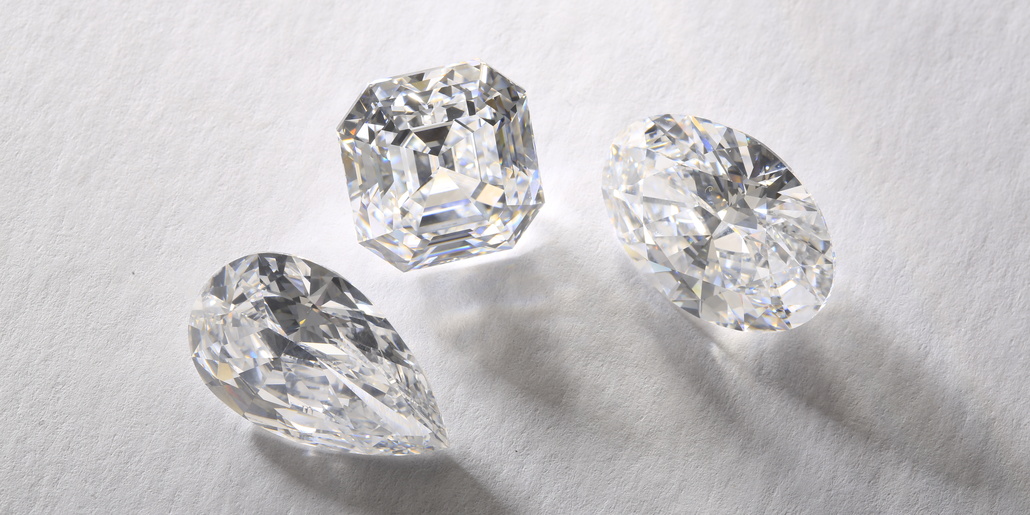If you’re considering buying a diamond, you may be curious about what brought it into existence and how it solidified its place in romantic traditions. It’s a fairytale of love and devotion, no less powerful than the gem itself.
Natural diamonds originated around 3.3 billion years ago deep within the Earth’s mantle. Volcanic eruptions have brought them to the surface, ultimately enabling their discovery. The earliest known diamonds were found in India, where they were mined from riverbeds by local inhabitants. Initially, rough diamonds were prized not for their brilliance, as they are today, but for their exceptional hardness, making them valuable tools of the era. Ancient texts referred to diamonds as “vajra,” meaning “indestructible,” signifying their perceived strength and durability. It wasn’t until the 4th century that diamonds began to be used for decoration—and the rest is history.
By the Middle Ages, as trade routes expanded, diamonds made their way to Europe, where they became fashionable accessories for the aristocracy. At that time, India was the only known source of diamonds until Brazil emerged as a contributor shortly thereafter. This period marked a gradual transition from the appreciation of raw stones to the desire for faceted gems, leading to the development of diamond cutting in the mid-15th century. The first documented diamond cut, known as the “point cut,” highlighted the diamond’s natural octahedral shape. The tradition of diamond engagement rings began in 1477 when Archduke Maximilian of Austria presented Mary of Burgundy with a diamond ring as a promise of marriage. This gesture set a precedent that endures today, embedding the diamond ring as a universal symbol of eternal love and commitment within matrimonial culture.
In the 19th century, the diamond industry experienced groundbreaking change with the revelation of vast diamond deposits in South Africa. This sparked a diamond rush, giving rise to large-scale mining operations and global trade hubs. The increased supply made diamonds more accessible to the growing middle class. South Africa remains a leading diamond producer to this day.
In 1931, in response to the escalating demand for transparency and trust in gemstone quality, the Gemological Institute of America (GIA) was founded. Today, it serves as a global authority in diamond grading and certification. By establishing a standardized system to assess diamond quality based on the 4Cs, GIA has given buyers confidence and set a benchmark for the international diamond industry.
In the 21st century, diamonds are still regarded as symbols of luxury and romance. However, as consumer awareness grows, there is mounting concern about the ethical sourcing of these precious stones. Issues such as conflict diamonds have prompted many buyers to seek alternatives that align with their values. In response, many companies are prioritizing ethical practices and giving back to local communities, ensuring that the benefits of diamond extraction reach those who support it. One such brand is Kwiat, which exclusively utilizes diamonds mined in conflict-free regions or sourced from legitimate suppliers that do not fund conflict and comply with United Nations resolutions. Your Kwiat engagement ring purchase supports contributions to charity: water, an organization dedicated to providing clean water to people around the world. Every diamond ring sold delivers clean water for an entire family.
Despite all that we know, diamonds continue to fascinate. Speak with one of our diamond experts today about finding the perfect stone for you and your love story.

